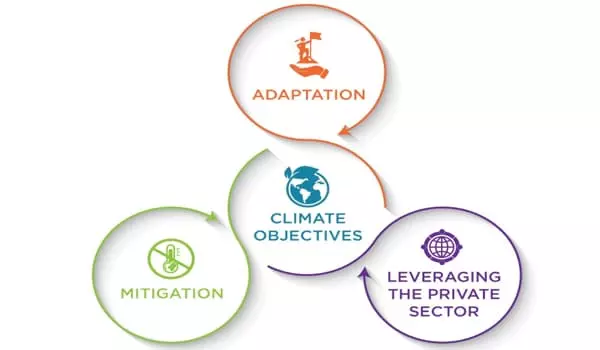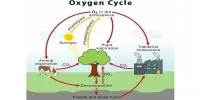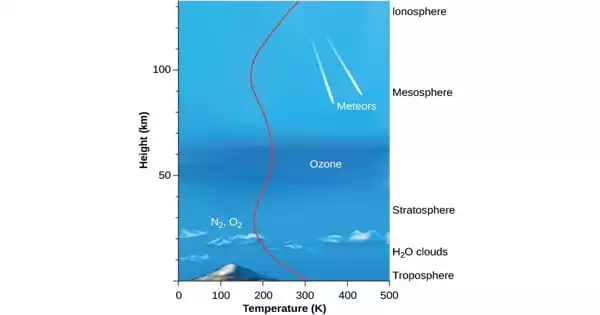Rising temperatures are being caused by climate change, which has serious consequences for humans and the environment, and shifting to renewable energy sources, such as biofuels, can help meet this challenge. The increased frequency of extreme weather events that cause massive amounts of harm and damage is one of the consequences of rising global temperatures.
One way to help slow the effects of climate change is to transition to renewable energy and reduce reliance on fossil fuels. While renewables were once more expensive, new clean energy technologies are lowering costs and assisting in the transition of economies away from fossil fuels.
The World Climate Conference in Glasgow has just concluded, and the question now is whether the goal of maximum global warming of 1.5 degrees Celsius can still be met. Researchers show in a model calculation how the energy transition could result in the lowest possible cumulative emissions: instead of gradually reducing emissions, we should accelerate the transition to solar energy and use fossil power plants at full capacity for one last time to do so.
Our simulation shows that the quickest possible conversion of the energy sector produces the lowest cumulative CO2 emissions. This means, fossil emissions may increase by up to 40% during the transition, but only for the purpose of building solar infrastructure. As a result, the energy transition could be completed in five years, resulting in the lowest total emissions.
Harald Desing
“Who would board an airplane if the chances of arriving safely were only 50%?” ask Harald Desing and Rolf Widmer at the start of their book. We don’t have the option of getting on or off the spaceship Earth on our journey into the future. It is, therefore, all the more astonishing that, even with the IPCC’s optimistic transition pathways, the chances of limiting global warming to 1.5°C are only around 50%.
Radically simplified approach
So, the two Empa researchers reasoned, we need to do more to increase our chances of arriving in a safe future. And began doing the math to determine the physical limit to hastening the energy transition. They simplified the global economy into a radical, clear picture by using a model developed specifically for this purpose in Empa’s “Technology and Society” research lab: there is a “fossil engine” that combines all of today’s non-renewable energy systems and converts fossil fuels into electricity. There’s also a “solar machine” that uses sunlight to generate electricity.

There is no need for greenfield solar farms or massive wind farms because the solar potential on the already sealed roofs, facades, parking lots, and other infrastructure is sufficient for the turnaround. Clearly, we must shut down the fossil machine as soon as possible and construct and operate the solar machine. The construction of the solar machine requires energy first and foremost, which can only be obtained from the fossil machine at the start of the energy transition. How can we do this while emitting the fewest cumulative emissions possible? Because the temperature of the atmosphere is determined by cumulative emissions, which include past emissions, rather than by current emissions.
Full throttle, then brake hard
The two researchers ran several scenarios and came to a clear conclusion: we would now have to use all fossil-fuel power plants to their full capacity and invest the extra energy in building the solar machine. “Our simulation shows that the quickest possible conversion of the energy sector produces the lowest cumulative CO2 emissions,” Desing says. This means that, paradoxically, fossil emissions may increase by up to 40% during the transition, but only for the purpose of building solar infrastructure. As a result, the energy transition could be completed in five years, resulting in the lowest total emissions. After that, the fossil engine can be turned off.
However, even the most rapid energy transition has a 20% chance of exceeding the 1.5°C targets. We can’t go any lower; it’s already too late. And each year that we wait increases the likelihood of this happening even more.
One way to help slow the effects of climate change is to transition to renewable energy and reduce reliance on fossil fuels. While renewables were once more expensive, new clean energy technologies are lowering costs and assisting in the transition of economies away from fossil fuels. Solar panel prices, for example, fell by 75 to 80 percent between 2009 and 2015. Renewable energy generation technology has accounted for more than half of all new power generation capacity brought online globally every year since 2011, owing to similar trends in other renewables such as wind and hydropower.
Conclusion: Theoretically, it is still possible to reduce the probability of exceeding the 1.5°C climate target to less than 50% if we accelerate the energy transition now. The Swiss National Science Foundation funded the research (SNSF).
















